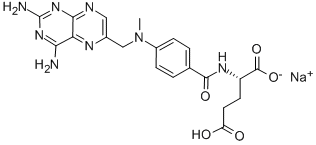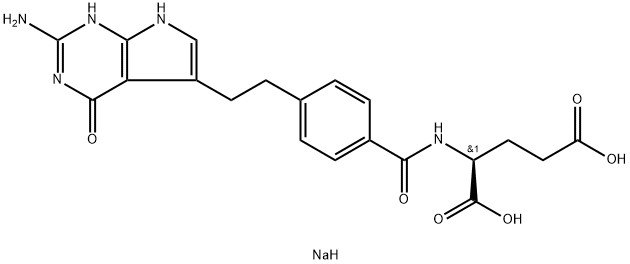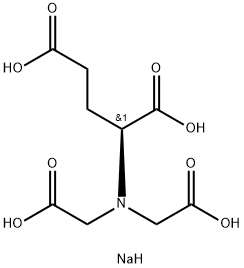Monosodium glutamate , 99% , 32221-81-1
Synonym(s):
L -2-Aminopentanedioic acid;L -Glutamic acid monosodium salt monohydrate;MSG;Sodium L -glutamate
CAS NO.:32221-81-1
Empirical Formula: C5H8NNaO4
Molecular Weight: 169.111
MDL number:
EINECS: 200-533-0
| Pack Size | Price | Stock | Quantity |
| 1kg | Inquiry | In Stock |
|
| others | Enquire |
PRODUCT Properties
| solubility | Soluble in water and alcohol, not in oils |
| form | crystallinepowder or small needles |
| color | White |
| Odor | faint, peptone-like odor |
| Stability: | Stable. Incompatible with strong oxidizing agents |
| CAS DataBase Reference | 32221-81-1(CAS DataBase Reference) |
Description and Uses
Monosodium glutamate, known as MSG, is the sodium salt of the amino acid glutamic acid present in all protein. It is marketed as a white crystalline salt used to enhance fl avor as the monohydrate, C5H8NNaO4 H2O.There are two forms of glutamic acid: L-glutamic acid and D-glutamic acid. The natural glutamic acid found in humans and other higher organism is L-glutamic acid only, whereas processed monosodium glutamate contains both L-glutamic acid and D-glutamic acid along with pyroglutamic acid (C5H7NO3) and other contaminants.
Monosodium glutamate(MSG) is odorless and has little flavor. It works synergistically with other substances found in food proteins such as the nucleotides disodium 5'-inosine monophosphate (IMP) and disodium 5'-guanosine monophosphate (GMP), to produce a pleasing savory taste.
The safety of manufactured Monosodium glutamate(MSG) has been questioned for the last several decades. Conditions associated with Monosodium glutamate(MSG) symptom complex included numbness in the back of the neck, radiating to the arms; warmth and fatigue in the head, upper back, neck, and arms; facial pressure or tightness; chest pain; headache; nausea; and heart palpitations. There does not seem to be an absolute consensus on the safety of MSG, but for the most part Monosodium glutamate(MSG) is considered safe if consumed in normal quantities. An acceptable daily intake level is not cited by government regulators, but the average person consumes between 0.3 and 1.0 gram of Monosodium glutamate(MSG) daily. Estimates of annual global production of Monosodium glutamate(MSG) range between several hundred thousand tons to as high as 1 million tons. Although practically all Monosodium glutamate(MSG) produced is used in the food industry, a small portion is used for agricultural feed supplements (for swine), pesticides, and pharmaceuticals.




